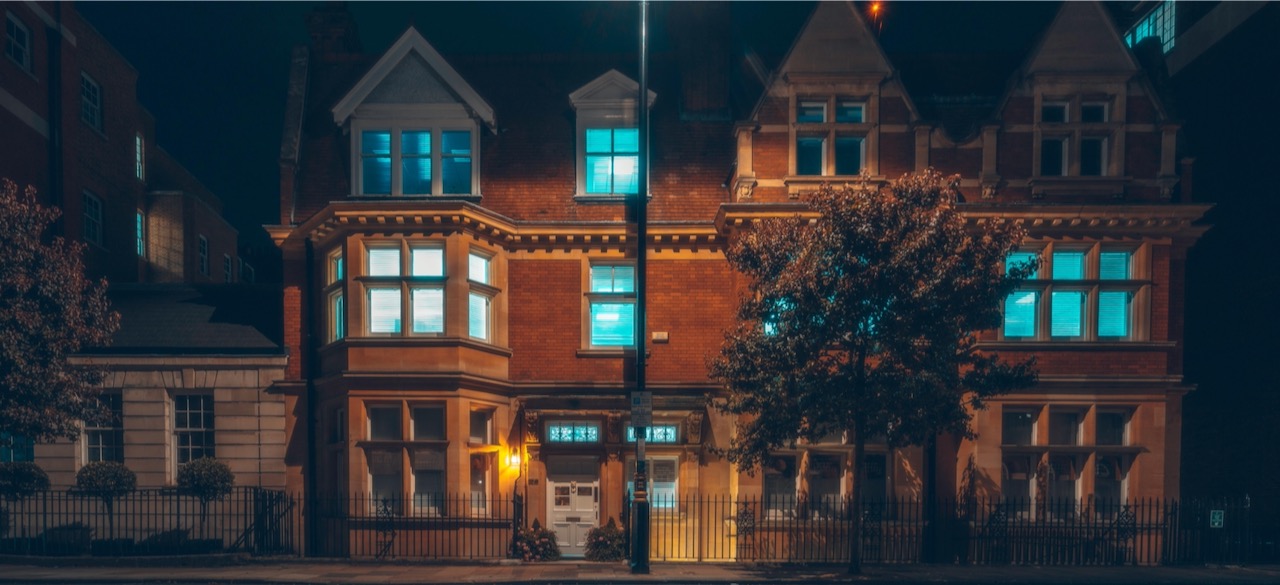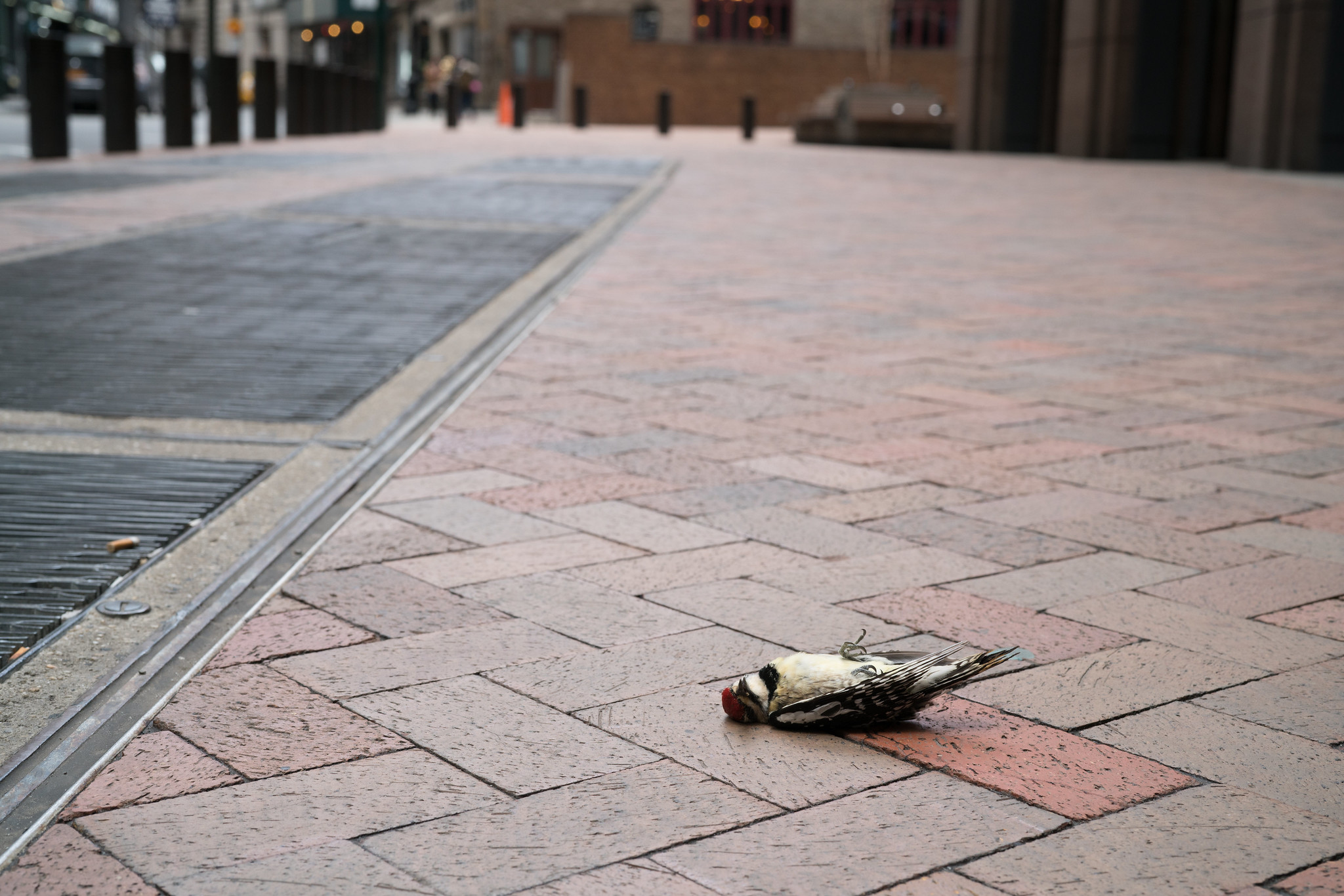Reading Lists
10 MFA Programs for the Budget-Conscious
Rare, exclusive fully-funded programs aren't the only option for a lower-cost degree

It’s well-worn advice by now that you shouldn’t go into debt for an MFA. But how can you avoid it? Every year, the limited fully-funded programs—think Michener Center for Writers, Rutgers, Cornell, Brown, Purdue, Iowa, Johns Hopkins—receive a flood of applications. Fully-funded MFA programs at Syracuse University and Hunter admit around 6% and 2% of applicants, respectively.
Statistically, it’s a simple fact that not every writer who feels committed to completing an MFA will find a seat in a fully-funded program—and those application fees add up. For example, Vanderbilt’s fee is $85 and Boston University’s is $95. Plus, even at full funding, location matters, as living on a graduate student’s salary has wildly different implications in different housing markets; some “fully funded” students do end up taking out loans to bridge the gap between stipends and what it means to pay rent.
Highly selective programs with extensive funding can be a gift for writers, but you also need a backup plan. This isn’t about thinking of MFA safety schools, but rather applying widely to programs that are a good fit both academically and financially. There are over 160 residential MFA programs in the United States, all of which have a different mix of aid and aesthetic. Even if full funding is not advertised, at some schools, you may still get it.
No matter what you get from the Registrar’s office, for any offer of admission, prospective students should ask to speak to current enrollees and recent grads and do as much vetting as possible. No program is perfect.
With that in mind, here are 10 programs for the cost-conscious to get started with, based on the institution’s financial transparency and publicly available data.
Butler University
Indianapolis, where Butler University is located, boasts a low cost of living in what is still a relatively major city, Indiana’s largest. As a private school, residency conditions do not apply, and Butler’s tuition and fees run about 16K a year. The MFA was established in 2008 and matriculates upwards of 15 students annually. There are a wide variety of scholarships available, including many that are not linked to instruction. Butler offers some paid teaching positions for second year students; in any given cohort, about half of enrollees would be eligible. As a university founded in a Christian religious tradition, Butler may not be right for everyone, even though its mission and degree programs (including the MFA) are firmly secular. However, with funding, this very small school can be an economical choice in a Midwest capital.
Eastern Washington University
Founded in 1978, the Eastern Washington University program offers full and partial funding for many students in poetry, fiction, and nonfiction. A land-grant institution in Washington state that is closer to Idaho than Seattle, the MFA is housed in Spokane, a small walkable city with low living costs. A two year program, students who are not fully funded in their first year through a teaching assistantship have a chance to get second-year funding and stipend through community-based programs and publishing, including with the literary journal Willow Springs Magazine. EWU’s tuition is on the lower end, at $12,704 a year. Through a western states partnership, those who reside in Alaska, Arizona, Colorado, Hawaii, Idaho, Montana, or Nevada do not have to establish residency. A unique aspect of EWU is that classes are largely held in the evenings, making it possible to hold a day job if needed.
University of Florida, Gainesville
The University of Florida, Gainesville MFA program is a fully funded three-year program, and receives upwards of 500 applications a year. It admits only six students in each genre of poetry and fiction. Founded in 1949, UF is a well-ranked, established program and has maintained the very low application fee of $30. The town of Gainesville, in the central panhandle of Florida, is an inexpensive place to live, making it likely that a stipend will in fact cover living costs. UF is a very pedagogically focused school. It prioritizes permanent faculty rather than visiting writers or temporarily appointed professors to deliver instruction, and the admissions statement is clear that applicants are selected on what the committee sees as potential to develop through the course of study. The program emphasizes world literature, and over half of its faculty are bilingual and born outside America.
Long Island University
If you absolutely have to be in New York, take a look at Long Island University. Located in Brooklyn, this school has ample paid internship opportunities at PEN World Voices Festival, the National Book Foundation, and the Brooklyn Academy of Music, among others. LIU also offers teaching assistantships that will offset costs. Tuition is half that of other NYC-based schools like Columbia, which is highly relevant for those students who may pay some out of pocket. As a private school, state residency requirements do not apply. Founded in 2007, LIU’s MFA has programs in poetry, fiction, playwriting, creative nonfiction, and cross-genre projects. New York is, of course, extremely expensive, so applicants must balance funding against cost of living. With a $50 application fee, for those who feel strongly about being in the epicenter of American publishing, LIU may be worth the relatively low initial cost.
McNeese State
Established in 1982, the McNeese State University MFA offers all who are admitted some level of funding, though it does not provide free rides. By their own metrics, MSU students enrolled in the MFA pay about $1,500 per semester for three years. The application process begins at no cost—prospective students are not asked to contribute any application fees or paperwork until after they are accepted. This is a positive model that helps students understand if they are a good fit before committing to fees or devoting time to formal applications. Prospective students should send in their work in poetry or fiction, their statement of purpose, and an additional letter spelling out one’s interest in teaching introductory composition. MSU is in Lake Charles, Louisiana, a gulf town about halfway between Houston and New Orleans with a very low cost of living. Demographically, Lake Charles is nearly 50% Black. MSU as a university enrolls more female identified students and employs more female identified faculty than average, making it a highly diverse option.
University of Mississippi
Founded in 2000, the fully-funded program at the University of Mississippi Oxford is free to apply to, and the phased application is very low stakes. Email in a writing sample along with a statement of purpose essay, and the first part of the application is done. Much like other Gulf schools, it’s only once these initial materials are reviewed are some students asked to move to Phase II, which requires filling out the graduate application and providing letters of reference. In many ways, applying to UM is like submitting to a literary magazine or pitching agents. Applicants will only hear back and be asked for additional materials if the committee is interested. UM offers funded positions that do not involve teaching, and specifically earmarks financial aid for students of underrepresented groups. Oxford is a diverse city that is approximately 22% Black.
University of New Hampshire
The University of New Hampshire’s program is newer, founded in 2007. It is very small and also very selective. Graduate school tuition rates were $14,170 in 2020. Residents of Rhode Island receive a discount. UNH has a reputation of being very community-minded, the kind of school where students celebrate on another’s successes. An advantage of UNH is the availability of paid internships in research and communications, and stipend positions at the literary magazine, Barnstorm. Top applicants will receive tuition waivers and a stipend through teaching fellowships. Durham, New Hampshire, has a high cost of living for such a small city, but in contrast, the housing costs in Boston, about an hour away, are 60% more than this college town.
Texas State University
The Texas State University MFA, founded in 1991, is a large program, with upwards of 70 candidates enrolled at any given time. The cost of living in San Marcos, located between San Antonio and Austin, is slightly lower than the national average. While TXST is technically only partially funded, 90% of applicants receive full funding, a hefty percentage. In-state tuition rates are $8664 annually, but essentially no students pay the full balance. While 75% of candidates are from outside of Texas, the university has a generous out of state waiver that is not contingent on residency. In 2019, this applied to 100% of students, suggesting that while not guaranteed, getting a waiver is highly achievable. If not offered full funding, note that TXST is a 3-year program, which could potentially increase costs and delay entry into the job market by a year. The university is designated as a Hispanic Serving Institute, with 25% of enrolled students identifying as Hispanic or Latinx.
University of Texas, El Paso
University of Texas, El Paso has both a residential and a fully online program; this section covers the residential course of study. Since 1992, UTEP has enrolled a cohort of a dozen MFA students, and like other Texas-based programs, it is a 3-year course of study. That said, this program has the lowest tuition of any program on this list, at $6600/year. Graduate stipends pay $1200 per month for ten months, which is fairly average, but put in context of El Paso’s extraordinarily low cost of living, those dollars will stretch much farther than in other cities. UTEP is distinctive in that it offers a bilingual English/Spanish MFA, though bilingualism is not required of any applicant. Classes draw on both Spanish and English texts, and the program offers support for student matters like housing and financial aid in both languages. The campus is located near a shared border crossing with Ciudad Juarez, Mexico.
St Mary’s College
The St. Mary’s College program refreshingly focuses on life after an MFA and publishes statistics on the careers of its graduates. All incoming students are funded at 40–50% of tuition in their first year, and a smaller percentage in their second year. This brings tuition costs at this private school down to something that is more in line with a public school, with no penalty for not having California residency—although note that attending SMC means living in San Francisco, which is more expensive than New York. All students are invited to apply for graduate teaching assistantships, which offer an additional stipend. SMC is an option for students who are interested in interdisciplinary work, as there is funding for dual-concentration students who may take three years to complete their degree. The college also provides paid internships with Lambda Literary, Kearny Street Workshop, Hedgebrook, and is notably LBGTQIA+ friendly. Without a full portfolio of funding, St Mary’s can be unreachable for many, but because it has a free application process, it’s worth seeing where an application shakes out in the funding hierarchy.
A comprehensive list of MFA programs from Poets & Writers can be found here.








